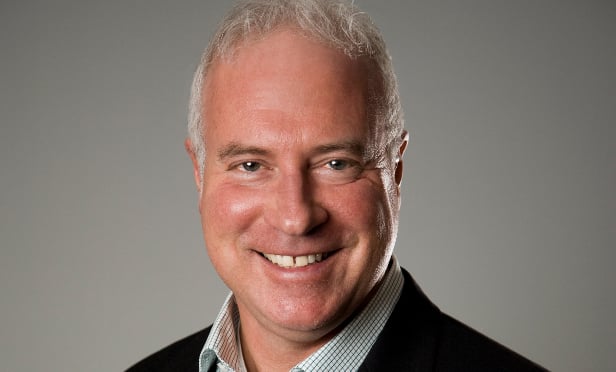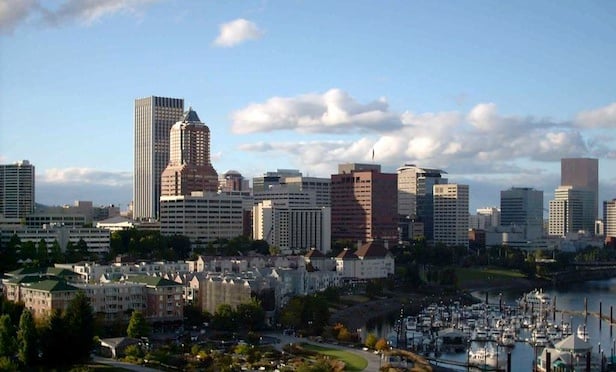ThoughtLeadership|&utm_term=|eNewsletter-Editorial-NAT(eNewsletter)|">
Auction.com, added that there are two inflations going on for the commercial real estate industry right now:
rental-rate inflation and
capital. “But the real estate isn't there yet and hasn't caught up to the capital markets.”
When moderator Sean Barry, VP of Johnson Capital, asked the panelists how office landlords have adjusted to tenant needs, Cooper responded that San Francisco “gets it. I have to hand it to them. Here in L.A., there's a musical chairs game of tenants moving from high-rise to high-rise, and there's usually some downsizing in the process.”
Cooper added that the large tech migration from the Silicon Valley to Silicon Beach has presented landlords with a variety of opportunities to capture this market, particularly since firms are looking to recruit talent from nearby major universities. “These are young people wearing T-shirts and riding bikes—can you see them going to work in the Union Bank Tower? It's not inviting to the new type of tenants. We'll have to change the buildings to be more inviting, like the Pac Mutual building has done and like the Wilshire Grand will be—attracting the newer wave of tenants with new designs and retooling high-rises.”
Paulsen said that asset classes across the board are doing well, with multifamily and hotels fully recovered, industrial rising, retail having an impact from e-commerce and office trailing. Many are chasing yield in the secondary and tertiary markets where it's easier to buy and underwrite than ever before.
Joshua Pardue, a lead broker with Stan Johnson Co., said REITs took a ding last year with interest rates, but have picked up this year. The housing market is improving, with foreclosures down to 10% of the national home sales from 25% last year, and the office sector is now starting to gain traction in certain markets nationally, following multihousing, net lease and the industrial sector, he added.
When asked where we are in the cycle, panelists said we still have at least two to four years—and some said up to six years—of runway because we fell so low during the recession. Cooper said he always asks people in local markets, “What drives this market?” because it's important to know what makes them tick before investing.





